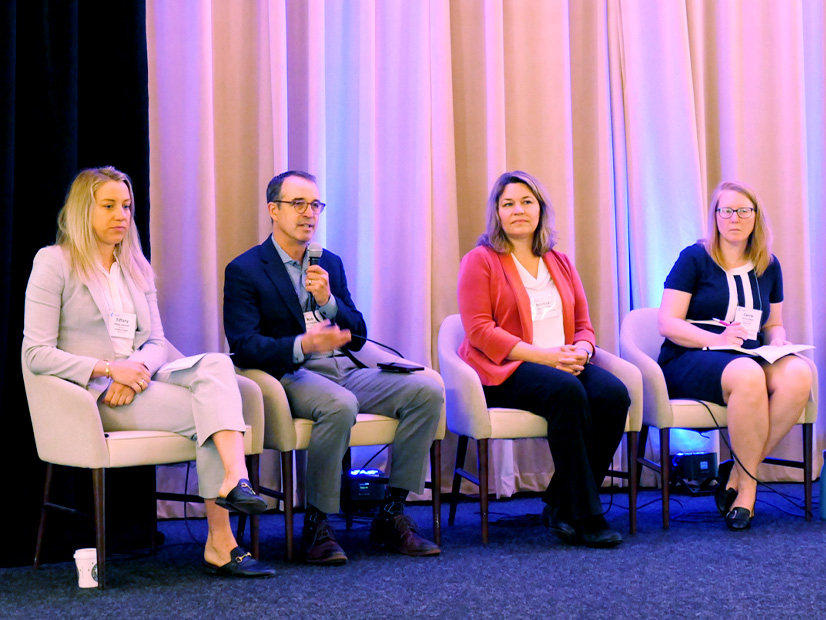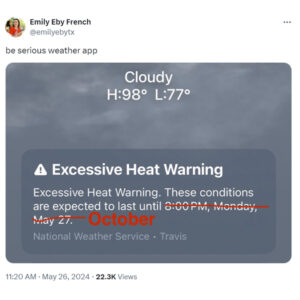VAIL, Colo. — “Uncertainty” was a recurring theme at the annual meeting of the Western Conference of Public Service Commissioners on May 19-22, where participants grappled with how to account for the growing number of unknowns in resource adequacy modeling in a future with less predictable weather patterns and unprecedented load growth.
Some speakers at the meeting said the issue requires the electricity sector to fundamentally change its approach to load forecasting.
“There’s a lot of climate and economic uncertainties,” Siva Gunda, vice chair at the California Energy Commission, said during a panel May 20. “Do we really understand the climate data, and are we incorporating it into the forecast? Most of our work has been historically given — historic insights, historic weather patterns; obviously that’s not true anymore.”
The theme of uncertainty dominated conversations about RA, as industry experts shared both a fear of how changing conditions will affect the grid and an inspiration to address the unknown.
“The operational conditions on the system have become a challenge, and the need to harness the collective integration, diversity and power of the grid has never been more true,” said Sarah Edmonds, CEO of Western Power Pool. “Several years ago, utilities … observed that we are, for lots of reasons, headed toward a real reliability pinch in the West.”
Load growth was essentially flat for over a decade compared with today’s “astronomical” load growth projections stemming from new data centers, widespread electrification, and other trends in technology, policy and economics, said FERC Commissioner Mark Christie.
These “macro drivers” should be considered in modeling and forecasting, rather than relying solely on historical data, according to Jeremy Hargreaves, principal at Evolved Energy Research. Other macro drivers include state emissions targets, decarbonization and electrification policies, artificial intelligence sector growth, and crypto markets.
“The question is how to proactively plan in the face of uncertainty. We want to be finding these no-regrets actions that we can take that are informed by these macro drivers, recognizing there’s a lot of uncertainty in how these will play out,” Hargreaves said. “We need more complex modeling approaches to try and estimate what kind of impacts they’ll have.”
Gunda emphasized the importance of adequate forecasting to address uncertainty and maintain reliability.
“Forecasting has a direct implication on affordability; it has a direct implication on reliability; it has direct implications on economic and industrial processes. And so, what we’re doing right or wrong will directly affect the entire system,” Gunda said.
Forecasting should evolve to keep up with changing conditions and uncertainty, and Hargreaves and other industry analysts suggested supporting the grid with bottom-up forecasting and end-use forecasting, which looks at individual customer load geographically.
“My argument is that our historical approach to planning is not going to do,” said Ry Horsey, researcher and software engineer at National Renewable Energy Laboratory. “Forecasts should inform planning and decision-making.”
Evolved Energy Research has looked at a variety of different sectors and developed a load-growth taxonomy that reflects different loads and how they impact people over time, and Hargreaves suggested more widespread implementation of this model in forecasting.
Robert Kenney, president of Xcel Energy’s Colorado division, summed up both the fear of uncertainty and the actions being taken to address it.
“I don’t think there’s any disagreement that we’re retiring resources more quickly … we have load showing up in ways that we haven’t seen in 20 years,” Kenney said. “We should be freaked out, but only to the extent that it drives creativity and action.”

